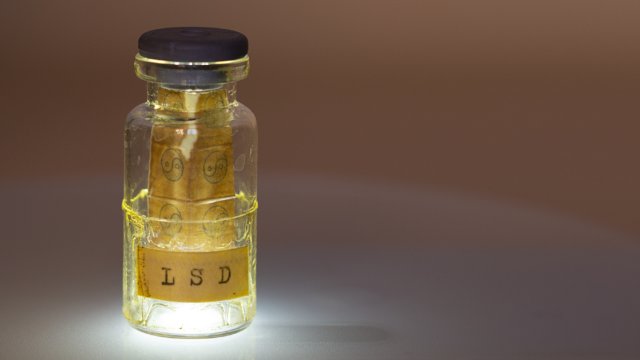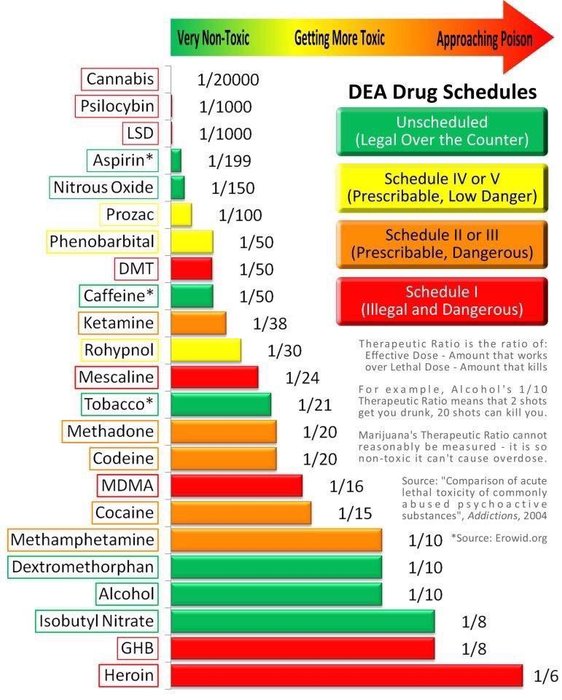Sublime
An inspiration engine for ideas
LSD: Doorway to the Numinous: The Groundbreaking Psychedelic Research into Realms of the Human Unconscious
amazon.com
Specially trained psychiatrists and psychologists are now administering hallucinogens and other potent psychotropic agents (psilocybin, ketamine, ecstasy) as mental health remedies. Administering limited doses (one to three) of psychedelics interspersed with multiple sessions of talk therapy over many weeks has become the modern equivalent of
... See moreAnna Lembke • Dopamine Nation: Finding Balance in the Age of Indulgence
Lysergic acid diethylamide, or LSD-25, was the twenty-fifth in a series of ergot derivatives synthesized in 1938 by Dr. Albert Hofmann, a Swiss chemist working for Sandoz laboratories.
Julie Holland • How Psychedelics Can Help Save the World: Visionary and Indigenous Voices Speak Out

Notes & Highlights for Tools of Titans by Timothy Ferriss

Heroic dose: Ethnobotanist Terence McKenna coined the term “heroic dose,” which is often equated to 5 or more grams of mushrooms or more than 400 mcg of LSD. James doesn’t recommend this brute-force dosing, which McKenna described as “sufficient to flatten the most resistant ego.” Jim feels that you don’t remember anything, nor do you bring
... See moreTimothy Ferriss • Tools Of Titans: The Tactics, Routines, and Habits of Billionaires, Icons, and World-Class Performers

